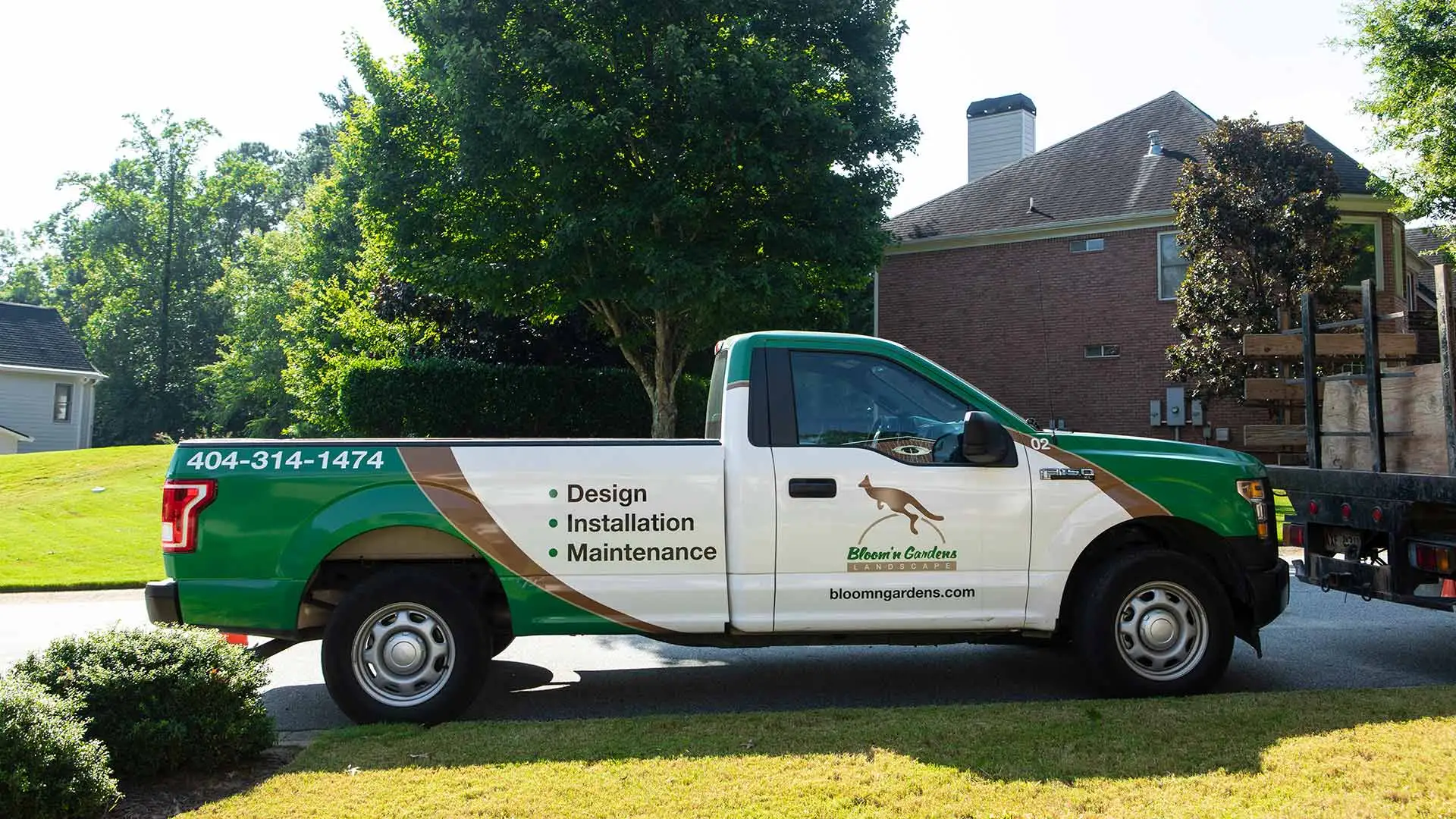 In Atlanta, we enjoy an extended growing season, giving us plenty of time to plan our landscape. Whether your yard is suffering summer wear-and-tear or the influx of rain we’ve seen from Buckhead to Decatur, fall is the season to resuscitate and repair. Fescue lawns depend on autumn aeration and overseeding to revitalize grass for a full, healthy yard in the coming year. We’ll explore the whys and hows of aeration and overseeding in the coming weeks, but for now let’s examine an important question: how do you prepare your yard for renovation?
In Atlanta, we enjoy an extended growing season, giving us plenty of time to plan our landscape. Whether your yard is suffering summer wear-and-tear or the influx of rain we’ve seen from Buckhead to Decatur, fall is the season to resuscitate and repair. Fescue lawns depend on autumn aeration and overseeding to revitalize grass for a full, healthy yard in the coming year. We’ll explore the whys and hows of aeration and overseeding in the coming weeks, but for now let’s examine an important question: how do you prepare your yard for renovation?
Learning Your Landscape
Aerating and overseeding is most effective in September, but accomplishing maintenance tasks ahead of time will make the process go more smoothly. The first step is to identify the problem areas. Bare and dying patches of grass may develop from poor hydration, heavy foot traffic, or bad soil. Identify the location and cause, and then determine how to prevent a similar problem next year. Learn about irrigation, consider creating a footstone pathway, and replace any soil that’s eroded or lacking in nutrients. There’s a process to planting, and by learning your lawn you can create a better long-term landscape.
Weeding
Weeds are the proverbial thorn in a gardener’s side, and you may feel the prick of new patches well into the fall. Cooling temperatures means tougher soil; difficult growing conditions for grass, but a veritable playground for weeds of all kinds! To give your garden its best chance, start strangling those pesky problems before you plant. Whether you’re picking out bulbs or planning your fescue restoration, eliminating weeds is a crucial step to a healthy lawn and garden. Identify the hotspots and stock up on Roundup. Killing weeds clears the way for your fescue to thrive.
Problems sprout up all year long, but fall is the ideal time to kill weeds, identify drainage problems, and revamp your garden basics. The Bloom’n Gardens team is happy to provide any tips and insights you may need to keep your landscape lush and living large.



Comments (0)
Thanks for your comment!
Thanks for your feedback! Your comments have been successfully submitted! Please note, all comments require admin approval prior to display.
Error submitting comment!
There is a problem with your comment, please see below and try again.